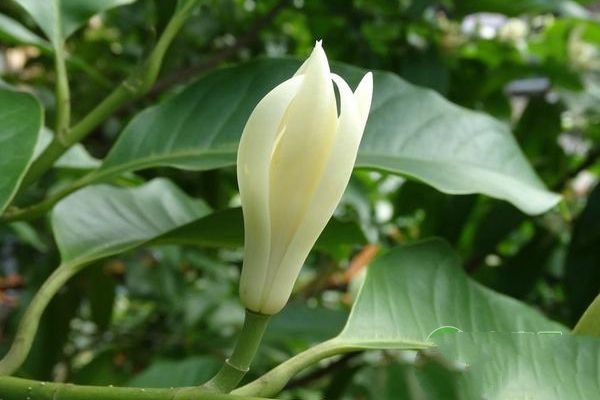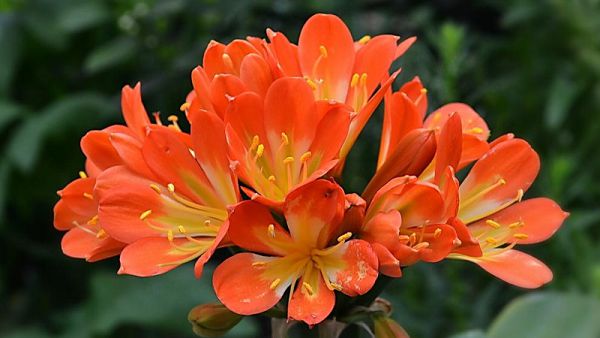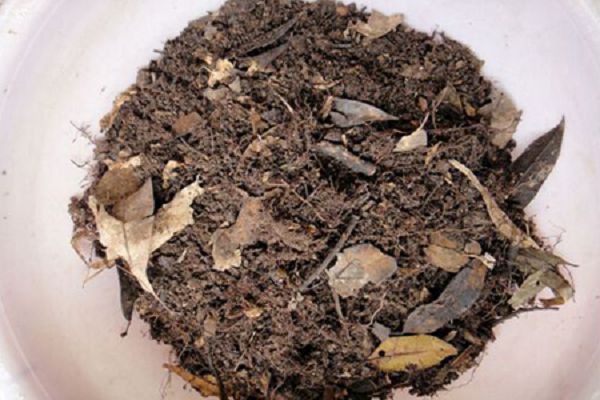How to grow white orchids? Cultivation techniques of White Orchid and Control methods of Diseases and insect pests

The white orchid has a long flowering period and thick green leaves, so it is a popular garden ornamental and green seedling, so do you know how to grow the white orchid? Do you know how to control diseases and insect pests of white orchids? If you don't know, hurry up and have a look at the following timely measures for the prevention and control of diseases and insect pests of white orchids.
Ecological habits of white orchids:
White orchids like warmth and are not resistant to cold. The northern potted plant should be moved indoors in winter and placed in a sunny place. The chamber should be kept above 12 ℃, and 15 ℃ is the most suitable. Under this temperature, the leaves can be kept. If the cold causes the leaves to fall in winter, it will affect the flowering the following year. White orchids like sunshine and cannot bear shade. When the weather gets warmer in spring, move it outside and put it in a sunny place. The summer climate is hot, the air is dry, can be properly shaded, and fully watered and sprayed.
White orchids like water, can not bear to dry early, afraid of waterlogging. If the leaves are found to be red, it means that the root system has been damaged by water, and it is necessary to stop or reduce watering, otherwise it will cause fallen leaves. Water less when it is cool in autumn. In order to prevent stagnant water, you can pad some broken bricks and tiles at the bottom of the basin to facilitate drainage and avoid rotten roots and yellow leaves.
White orchids like acidity, and acidic or slightly acidic sandy loam is suitable for soil. Although most of the soil or water in the north is alkaline, it is easy to cause poor plant growth and yellowing of leaf color. In this case, to reduce watering, while using black alum water to water flowers, can gradually eliminate the yellowing phenomenon, so that the leaf color slowly turn green.
White orchids like fertilizer and water, and can be watered with alum every 4-5 days in the growing season, usually in the afternoon and then in the evening to dilute the fat and water to disperse the root heat and prevent root burning. Fertilization has been stopped since August. White orchids sprout twice a year. The first time in spring, the second time in summer. Branches can grow more than 50 centimeters a year. Before the second germination, there is a period when the branches stop growing. At this time, it is necessary to maintain sufficient light and strengthen fertilizer and water management to promote the second germination. Generally speaking, the mature bean cake can be watered once every 3 or 4 days, so as to achieve the purpose of blooming at the same time.
Cultivation and management skills of white orchids:
White orchids are not resistant to pruning and maintain their natural state in principle. In summer, attention should be paid to timely cutting off overgrown roots and dead branches in order to maintain a beautiful tree shape and reduce nutrition consumption.
The work of coming out of the room of white orchids is very important. When the weather is getting warmer from winter to spring, evaporation increases significantly in the northern region because of the dry climate. If the white orchid is poorly managed in winter and its roots are damaged and moved out in a hurry in early spring, it will make a large number of leaves fall off, branches shrink, or cause death. When you find this kind of situation, you must not rush out of the room, first restore the root system indoors, wait for the branches and leaves to grow vigorously, and then gradually move out. Summer should be put on the benefits of good ventilation, because the climate is dry and hot, poor ventilation, it is easy to cause red spider plant harm and disease.
The pots of white orchids are changed every 1-2 years, mostly before leaving the room from March to April. The soil uses acid sandy loam with loose and fertile soil and good drainage.
White orchids are often propagated by grafting. The time is from May to August. Magnolia is used as rootstock and one-year-old branches are used as scions. It can be cut in about 40 days. It can also be propagated by striping. Cuttage propagation is not easy to survive, so it is not often used.
Control methods of diseases and insect pests:
The main diseases and insect pests of white orchids are Rhizopus, aphids and shell insects.
(1) Rhizopus: mildew and white hairs on the roots. The main reason is that the basin soil is too wet. The root soil can be removed to reveal the root of the disease, and then removed with gypsum powder to sterilize. It can also be poured with light lime water after the basin soil is slightly dry.
(2) aphids, sprouting in spring is often harmed by aphids. Aphids are very small and adults have or do not grow wings. The reproduction is very fast, and the harm is serious. It has piercing and sucking mouthparts, which usually gather on branches, leaves, buds or pedicels, absorbing sap from tender tissues, causing branches and leaves to wrinkle and deform, flowers growing poorly or not fully blooming. The honeydew it secretes from time to time cultivates a kind of coal fouling bacteria, which spreads virus disease and many other hazards, and produces a layer of black cover in the damaged branches, affecting normal photosynthesis and ornamental value. The control method is to ensure that the plant is ventilated and transparent, and the foliar surface is often sprayed with boiling water. Aphids can be sprayed with 800x fenitrothion or 2000 times omethoate.
(3) scale insects, which are often harmful to the back of the leaves. The method of control is the same as that of other flowers.
Related
- Is the orchid suitable for indoor use? Is it good for the body?
- How to prevent the empty root of orchids?
- What to do after the crab claw orchid is withered?
- Why are the leaves of orchids always yellow? Fertilizing and watering.
- Can the root of the gentleman orchid be saved if it is rotten?
- Diagnosis and treatment of cotton-blowing beetle insects in Cymbidium
- There is a way for a gentleman's orchid to rot.
- What is the most suitable temperature and humidity for the orchid?
- How to raise a gentleman's orchid? Cultivation techniques of Cymbidium
- How to prepare the nutritive soil for the cultivation of Cymbidium



